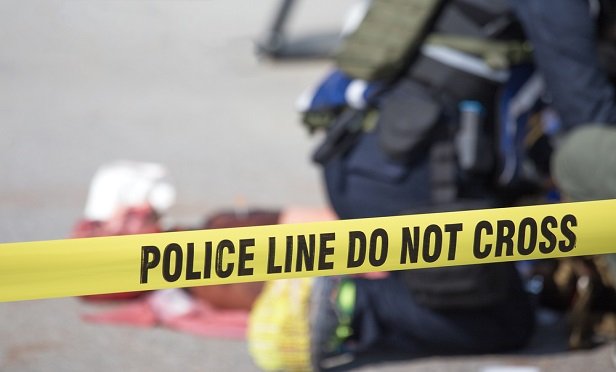 During an active shooter event, survival depends on taking immediate action, whether that is running, hiding or confronting the shooter. (Photo: Shutterstock)
During an active shooter event, survival depends on taking immediate action, whether that is running, hiding or confronting the shooter. (Photo: Shutterstock)
Once again, tragedy has struck in the form of an active shooter situation. Following a mass shooting in Pittsburgh where 11 people were killed and seven were injured two weeks ago; 13 people were killed in a shooting yesterday at a bar in Thousand Oaks, California. These events bring the number of mass shootings for the year to 307. Several hundred patrons were in the bar for their "college country night," so the fatality numbers could have been much higher.
Recommended For You
Want to continue reading?
Become a Free PropertyCasualty360 Digital Reader
Your access to unlimited PropertyCasualty360 content isn’t changing.
Once you are an ALM digital member, you’ll receive:
- Breaking insurance news and analysis, on-site and via our newsletters and custom alerts
- Weekly Insurance Speak podcast featuring exclusive interviews with industry leaders
- Educational webcasts, white papers, and ebooks from industry thought leaders
- Critical converage of the employee benefits and financial advisory markets on our other ALM sites, BenefitsPRO and ThinkAdvisor
Already have an account? Sign In Now

